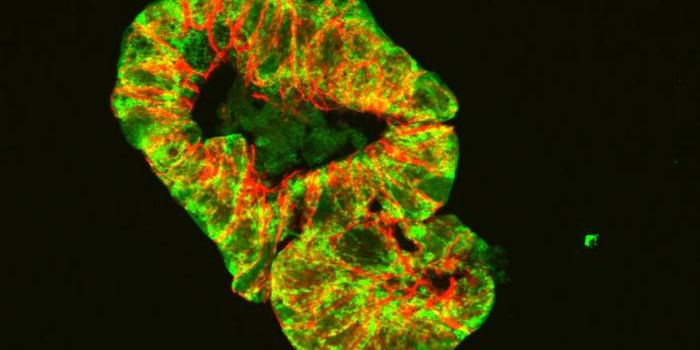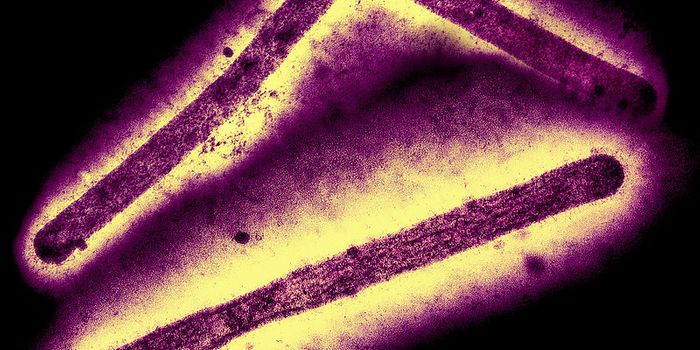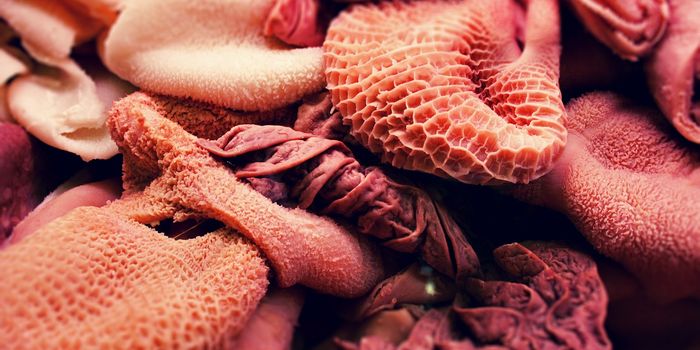Smokers develop more severe COVID-19 infection

Smoking increases the risk of lung diseases by affecting the lungs in many ways.
It irritates the lungs making it age faster, decreases air spaces and blood vessels in the lungs, causing oxygen reduction, affects cilia movement "which helps clean the lungs" and increases the amount of mucus, which increases the risk of infections.
Since coronavirus causes a respiratory tract infection, the risk of the infection and the severity of the disease will be different for smokers, which was observed by the world health organization in the numbers of smokers hospitalized due to SARS-CoV-2 infection. Still, the reason behind this was not known.
SARS-CoV-2 infects the cells by binding to the angiotensin-converting enzyme 2 (ACE2) receptor expressed along the airways. Past studies showed that the expression of ACE2 receptors is increased in the airways of smokers; however, there were no direct studies that investigated the effects of cigarette smoking on the airways during a SARS-CoV-2 infection.
A recent study conducted at the Eli and Edythe Broad Center of Regenerative Medicine and Stem Cell Research at UCLA and published in Cell Stem Cell investigated the effects of coronavirus infection in smokers vs in non-smokers by using a stem cell model.
Researchers conducted the study in the lab by using an air-liquid interface culture (ALI) made of airway stem cells. The model mimics the behavior and function of human airways. Airways carry air breathed in from the mouth and nose into the lungs and are the first line of defense against airborne infections.
"Our model replicates the upper part of the airways, which is the first place the virus hits," said Gomperts, a professor of pulmonary medicine and member of the UCLA Jonsson Comprehensive Cancer Center. "This is the part that produces mucus to trap viruses, bacteria, and toxins and contains cells with finger-like projections that beat that mucus up and out of the body."
Researchers have widely used this model to study lung diseases. The model's stem cells were collected from healthy non-smokers tissue donors and exposed to cigarette smoke for three minutes per day for four days to mimics the smoke effect.
The researchers infected the smoke-exposed cells with live SARS-CoV-2 and another group of identical cells that have not been exposed to any smoke to compare the results in both. They found that the group of smoke-exposed cells had a higher number of infected cells compared to the other group of healthy cells.
By further investigation, they found that the effects of SARS-CoV-2 infections were more severe in the smoke-exposed cells because they blocked part of the immune response by blocking interferons. Interferons are signaling proteins released by the immune system in response to viral infections to increase defenses against them.
Gomperts explained that if we considered the airways as high walls that protect our lungs, smoking is like creating holes in these walls, decreasing our body's natural defenses.
The study showed that cigarette smoking's effects in increasing the number of infected cells can be reversed by exogenous interferon treatment.
To know more about air-liquid interface culture, watch the video below.
Sources: Science Daily, UPMC, Science Direct








